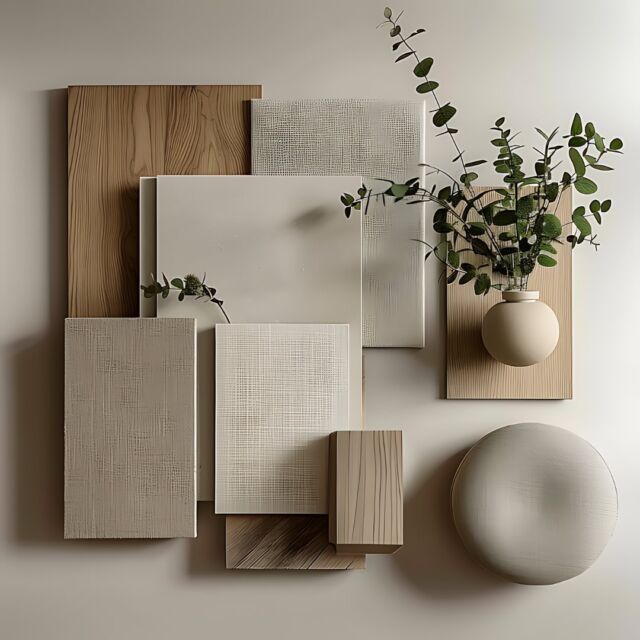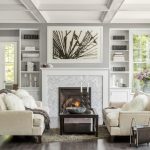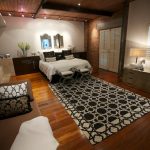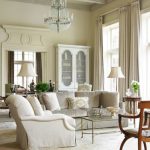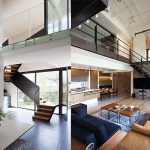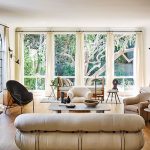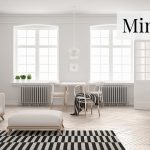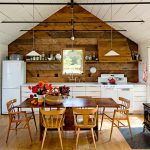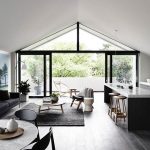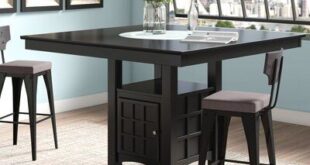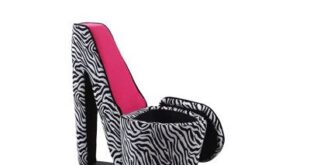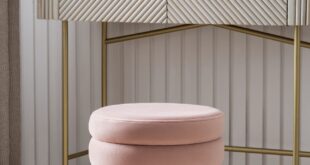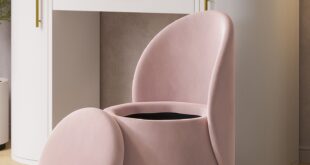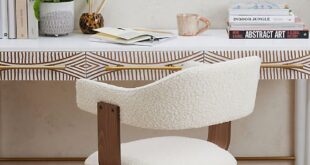Interior design styles range from traditional and classic to modern and contemporary. Each style has its own unique characteristics that can help create a cohesive and aesthetically pleasing space.
Traditional interior design typically features ornate details, rich colors, and elegant furnishings. This style often incorporates features such as crown molding, intricate woodwork, and luxurious fabrics like silk and velvet. Traditional design also tends to favor symmetry and a sense of order in the layout of a room.
On the other end of the spectrum is modern interior design, which is characterized by clean lines, minimalism, and a focus on functionality. This style often includes elements such as sleek furniture, open floor plans, and neutral colors like white, black, and gray. Modern design also tends to emphasize natural light and simplicity in its overall aesthetic.
Contemporary interior design is a mix of both traditional and modern styles, incorporating elements from various time periods to create a unique and eclectic look. This style often features a blend of textures, materials, and color schemes to add visual interest and depth to a space. Contemporary design also tends to incorporate bold accent pieces and statement art to create a sense of personality and individuality.
Rustic interior design draws inspiration from nature and the outdoors, incorporating elements like exposed wood, stone, and earthy tones to create a warm and inviting atmosphere. This style often features traditional craftsmanship and handmade pieces to add a sense of authenticity and coziness to a space. Rustic design also tends to focus on creating a sense of comfort and relaxation, using natural materials and textures to bring the outside in.
Industrial interior design takes inspiration from factories and warehouses, incorporating elements like exposed brick, metal accents, and raw materials to create a gritty and urban aesthetic. This style often features open spaces, high ceilings, and a mix of vintage and modern furnishings to create a sense of nostalgia and industrial chic. Industrial design also tends to emphasize functionality and utilitarianism, often featuring furniture with clean lines and a focus on practicality.
Transitional interior design is a blend of traditional and contemporary styles, combining elements from both to create a harmonious and balanced look. This style often features a mix of textures, patterns, and colors to add depth and dimension to a space. Transitional design also tends to incorporate elements of both formality and comfort, creating a sense of elegance and coziness that is both timeless and inviting.
 redboth.com Decoration ideas for your home
redboth.com Decoration ideas for your home
